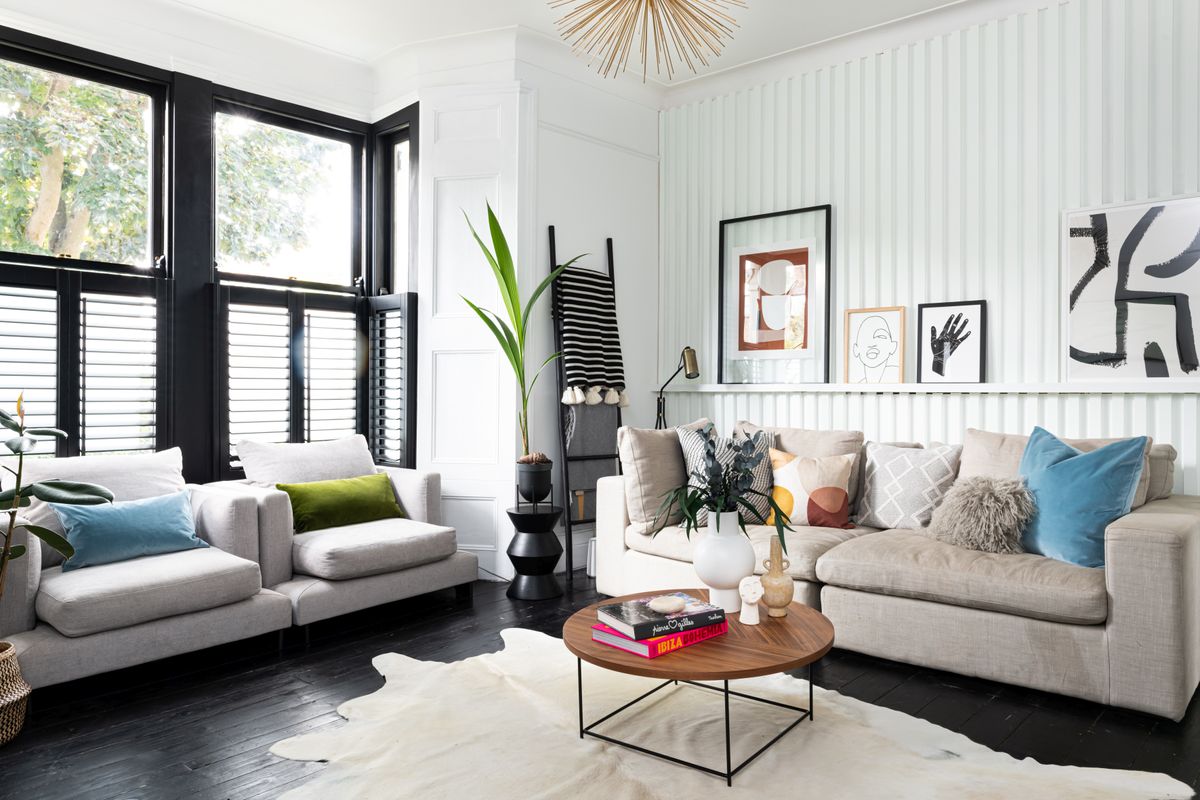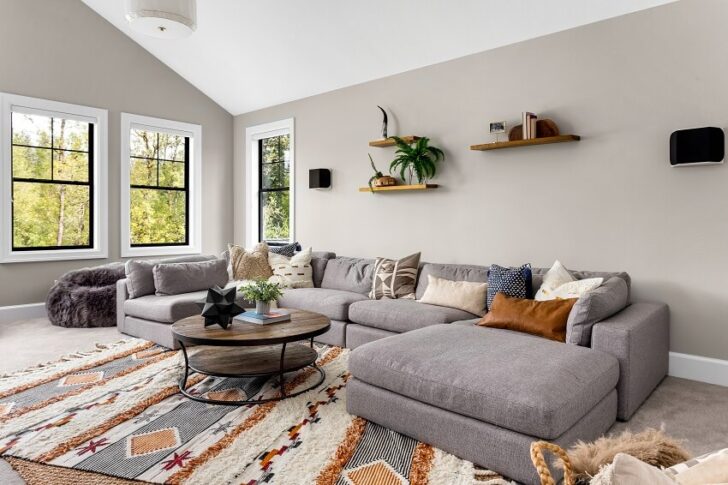When it comes to home design, the terms "parlor" and "living room" are often used interchangeably, leading many people to believe that they are the same thing. However, there are distinct differences between these two spaces that go beyond just their names. Understanding these differences can help you create a well-designed and functional home that meets your needs and preferences. So, let's take a closer look at the differences between a parlor and a living room. Parlor vs Living Room: What's the Difference?
The main difference between a parlor and a living room lies in their historical origins and intended use. A parlor, also known as a sitting room or drawing room, originated in the 19th century as a formal space used for receiving and entertaining guests. It was often the most elaborately decorated room in the house and was meant to showcase the homeowner's wealth and social status. On the other hand, a living room was initially known as the family room or the front room and was used for everyday activities like reading, relaxing, and spending time with family and friends. It was a more casual and comfortable space compared to the parlor, with less emphasis on formal decor and more focus on functionality. Understanding the Distinction Between a Parlor and a Living Room
Over time, the use and design of parlors and living rooms have evolved, reflecting changes in societal norms and lifestyle trends. In the early 20th century, the rise of the middle class led to the democratization of parlor spaces, with more families being able to afford a separate room for formal entertaining. At the same time, the living room became a more prominent space in the home, with the introduction of amenities like televisions and comfortable seating. In the mid-20th century, the open floor plan concept gained popularity, blurring the lines between parlors and living rooms. Many homes started to have a single large space that served as a combined living and dining area, eliminating the need for a formal parlor. This trend continued into the 21st century, with more focus on creating multi-functional spaces that can adapt to the changing needs of modern families. The History and Evolution of Parlor and Living Room Spaces
When it comes to decorating a parlor versus a living room, the key is to understand the purpose and function of each space. Since a parlor is meant for formal entertaining, it should have an elegant and sophisticated design. This could include features like ornate furniture, chandeliers, and luxurious fabrics. On the other hand, a living room can have a more relaxed and casual feel, with comfortable seating and personal touches like family photos and artwork. Another factor to consider when decorating a parlor or living room is the layout of the space. A parlor is typically a smaller and more intimate space, so it may require more attention to detail when arranging furniture and decor. In contrast, a living room is usually a larger space, providing more flexibility in terms of layout and design options. How to Decorate a Parlor vs a Living Room
While the overall design and decor may differ, there are some key features that are common in both parlors and living rooms. These include comfortable seating, adequate lighting, and a focal point such as a fireplace or artwork. However, the main difference lies in the level of formality. A parlor may have more elaborate and expensive furnishings, while a living room may have a more relaxed and casual vibe. Key Features of a Parlor and a Living Room
As mentioned earlier, the main purpose of a parlor is to receive and entertain guests, while a living room is a space for everyday activities. This means that a parlor may have a more formal and reserved atmosphere, while a living room is a more laid-back and comfortable space. However, in modern homes, the lines between these two spaces may be blurred, with the living room serving as a multi-functional space for both formal and informal gatherings. The Purpose and Function of a Parlor vs a Living Room
Whether you have a traditional parlor or a modern living room, there are some tips you can follow to create a cozy and inviting space: 1. Choose a color scheme: Selecting a color palette can help tie the room together and create a cohesive look. For a parlor, consider using rich and bold colors, while a living room can have a more neutral and soothing color scheme. 2. Add comfortable seating: Both parlors and living rooms should have comfortable seating options to encourage relaxation and conversation. Consider incorporating a mix of sofas, armchairs, and ottomans to create a cozy and inviting space. 3. Incorporate personal touches: Adding personal touches like family photos, artwork, and sentimental items can make a space feel more warm and welcoming. 4. Don't overlook lighting: Lighting can greatly impact the ambiance of a room. For a parlor, consider using soft and warm lighting, while a living room can benefit from a mix of ambient, task, and accent lighting. Tips for Creating a Cozy Parlor or Living Room
In traditional homes, parlors and living rooms played a significant role in the social aspect of daily life. These spaces were used to showcase wealth and social status, as well as for hosting formal events and gatherings. Even in modern homes, these spaces still hold a certain level of significance, with the living room being a central gathering place for family and friends. The Role of Parlor and Living Room Spaces in Traditional Homes
As society and lifestyles continue to evolve, so do the design and function of parlor and living room spaces. In modern homes, these spaces may have a more fluid and flexible purpose, with the parlor being used as a home office or a cozy reading nook, and the living room serving as a home theater or a playroom for kids. Additionally, with the rise of minimalist and Scandinavian design, the formality and grandeur of traditional parlors have been replaced with more simple and understated decor. This shift in design trends allows for a more relaxed and comfortable environment in both parlors and living rooms. Modern Interpretations of Parlor and Living Room Spaces
Ultimately, the decision to have a parlor or a living room in your home depends on your personal preferences and lifestyle. If you enjoy hosting formal events and have the space and budget for it, a parlor can be a great addition to your home. On the other hand, if you prefer a more casual and relaxed atmosphere, a living room may be a better fit. Whichever space you choose, make sure it reflects your personal style and meets your needs and preferences. Parlor vs Living Room: Which is Right for Your Home?
The Evolution of Parlor and Living Room Design

The Distinct Characteristics of a Parlor
 When it comes to house design, the terms "parlor" and "living room" are often used interchangeably. However, there are distinct differences between the two that have evolved over time. The parlor, also known as the "sitting room" or "drawing room," originated in the 18th century and was a formal space used for entertaining guests. It was typically located near the main entrance of a home and was adorned with lavish furnishings, expensive fabrics, and decorative pieces. The parlor was a symbol of wealth and social status, and it was a place where guests were received and entertained for special occasions.
Parlors were designed to impress
with their grandeur and opulence. The furniture was often arranged in a symmetrical layout, with a focus on the fireplace as the centerpiece. Elaborate chandeliers, mirrors, and artwork adorned the walls, and the use of rich colors and fabrics added to the luxurious feel of the space. The parlor was a reflection of the homeowner's taste and status, and it was meant to impress and awe visitors.
When it comes to house design, the terms "parlor" and "living room" are often used interchangeably. However, there are distinct differences between the two that have evolved over time. The parlor, also known as the "sitting room" or "drawing room," originated in the 18th century and was a formal space used for entertaining guests. It was typically located near the main entrance of a home and was adorned with lavish furnishings, expensive fabrics, and decorative pieces. The parlor was a symbol of wealth and social status, and it was a place where guests were received and entertained for special occasions.
Parlors were designed to impress
with their grandeur and opulence. The furniture was often arranged in a symmetrical layout, with a focus on the fireplace as the centerpiece. Elaborate chandeliers, mirrors, and artwork adorned the walls, and the use of rich colors and fabrics added to the luxurious feel of the space. The parlor was a reflection of the homeowner's taste and status, and it was meant to impress and awe visitors.
The Emergence of the Living Room
 With the rise of the middle class in the 19th century, the parlor began to lose its prominence in house design. The cost of maintaining such a formal space was no longer feasible for the average homeowner. As a result, a new room emerged - the living room. The living room was a more casual and functional space that served as the heart of the home. It was a place for the family to gather, relax, and spend quality time together.
The living room was designed for comfort and functionality
, with a focus on creating a cozy and inviting atmosphere. The furniture was arranged in a more relaxed manner, with comfortable seating options such as sofas and armchairs. The use of warm and neutral colors, along with natural materials like wood and wicker, created a more relaxed and welcoming vibe. The living room also had a more versatile purpose, serving as a space for everyday activities like reading, watching TV, or playing board games.
With the rise of the middle class in the 19th century, the parlor began to lose its prominence in house design. The cost of maintaining such a formal space was no longer feasible for the average homeowner. As a result, a new room emerged - the living room. The living room was a more casual and functional space that served as the heart of the home. It was a place for the family to gather, relax, and spend quality time together.
The living room was designed for comfort and functionality
, with a focus on creating a cozy and inviting atmosphere. The furniture was arranged in a more relaxed manner, with comfortable seating options such as sofas and armchairs. The use of warm and neutral colors, along with natural materials like wood and wicker, created a more relaxed and welcoming vibe. The living room also had a more versatile purpose, serving as a space for everyday activities like reading, watching TV, or playing board games.
The Parlor and Living Room Today
 Today, the parlor has evolved into what we now know as the formal living room. It is still a space used for special occasions and entertaining, but it has a more modern and practical design. The focus is on creating a balance between elegance and comfort, with a more relaxed and functional layout. The living room, on the other hand, remains the heart of the home and is a space that reflects the homeowner's personal style and taste.
While the parlor and living room may have different origins and purposes, they both play an essential role in house design.
They offer a glimpse into the evolution of society and how our homes have adapted to our changing lifestyles. Whether you prefer the grandeur of a parlor or the coziness of a living room, both spaces have their unique charm and contribute to making a house a home.
Today, the parlor has evolved into what we now know as the formal living room. It is still a space used for special occasions and entertaining, but it has a more modern and practical design. The focus is on creating a balance between elegance and comfort, with a more relaxed and functional layout. The living room, on the other hand, remains the heart of the home and is a space that reflects the homeowner's personal style and taste.
While the parlor and living room may have different origins and purposes, they both play an essential role in house design.
They offer a glimpse into the evolution of society and how our homes have adapted to our changing lifestyles. Whether you prefer the grandeur of a parlor or the coziness of a living room, both spaces have their unique charm and contribute to making a house a home.

















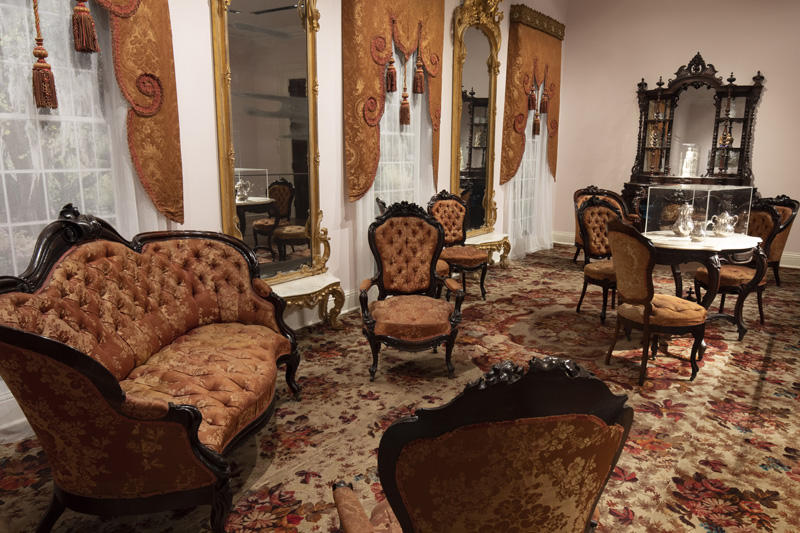











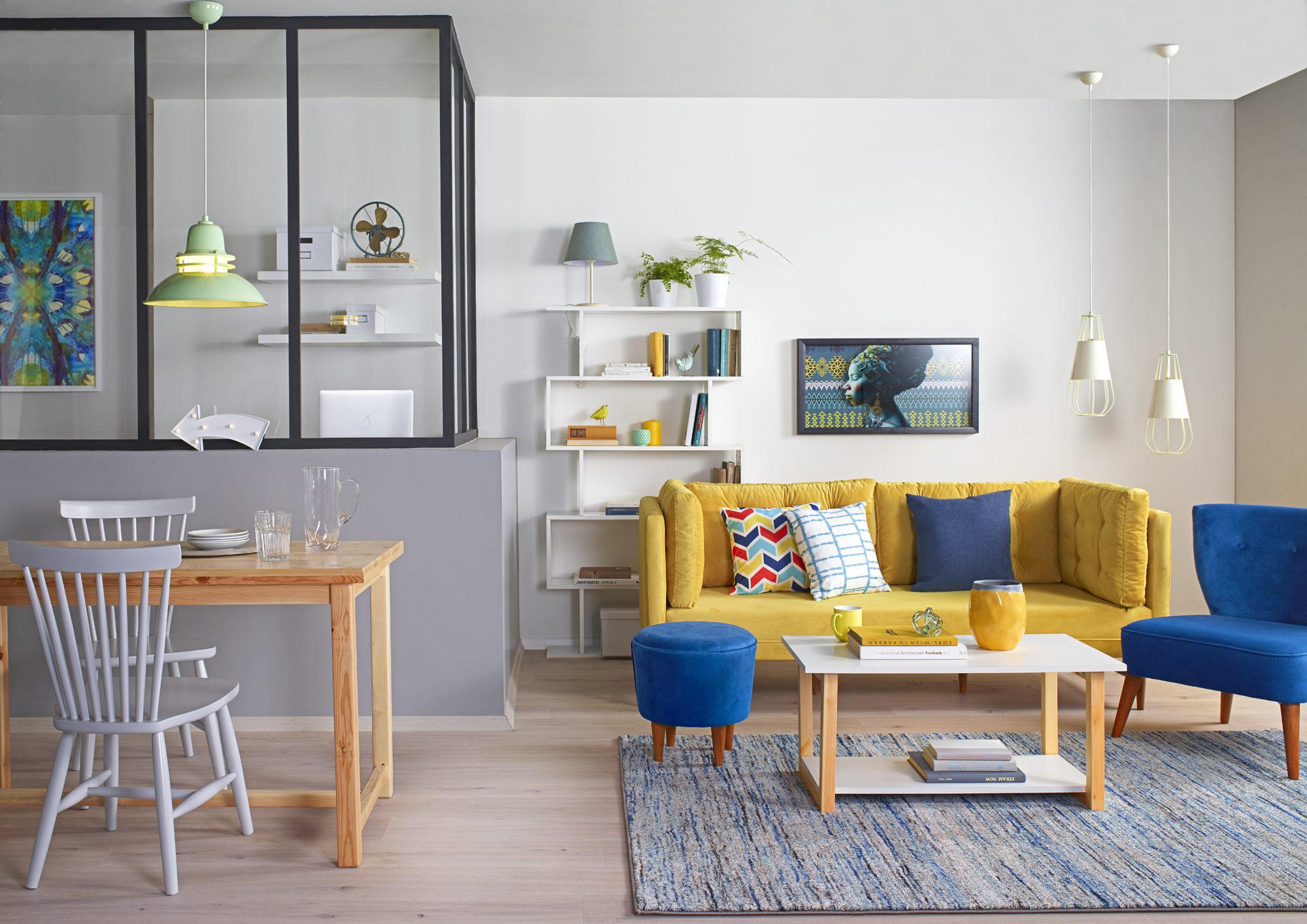











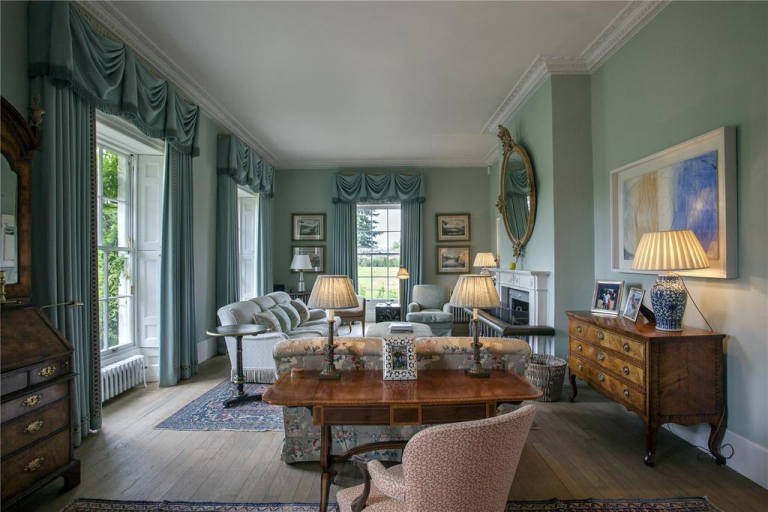


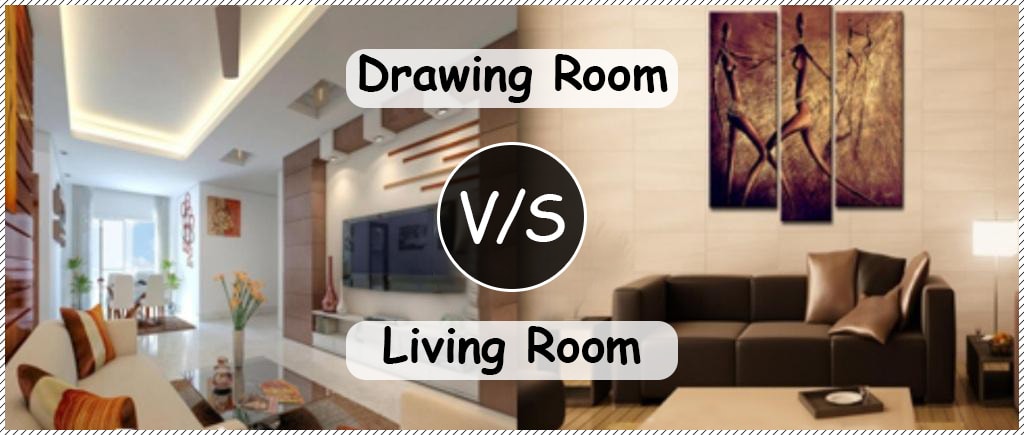





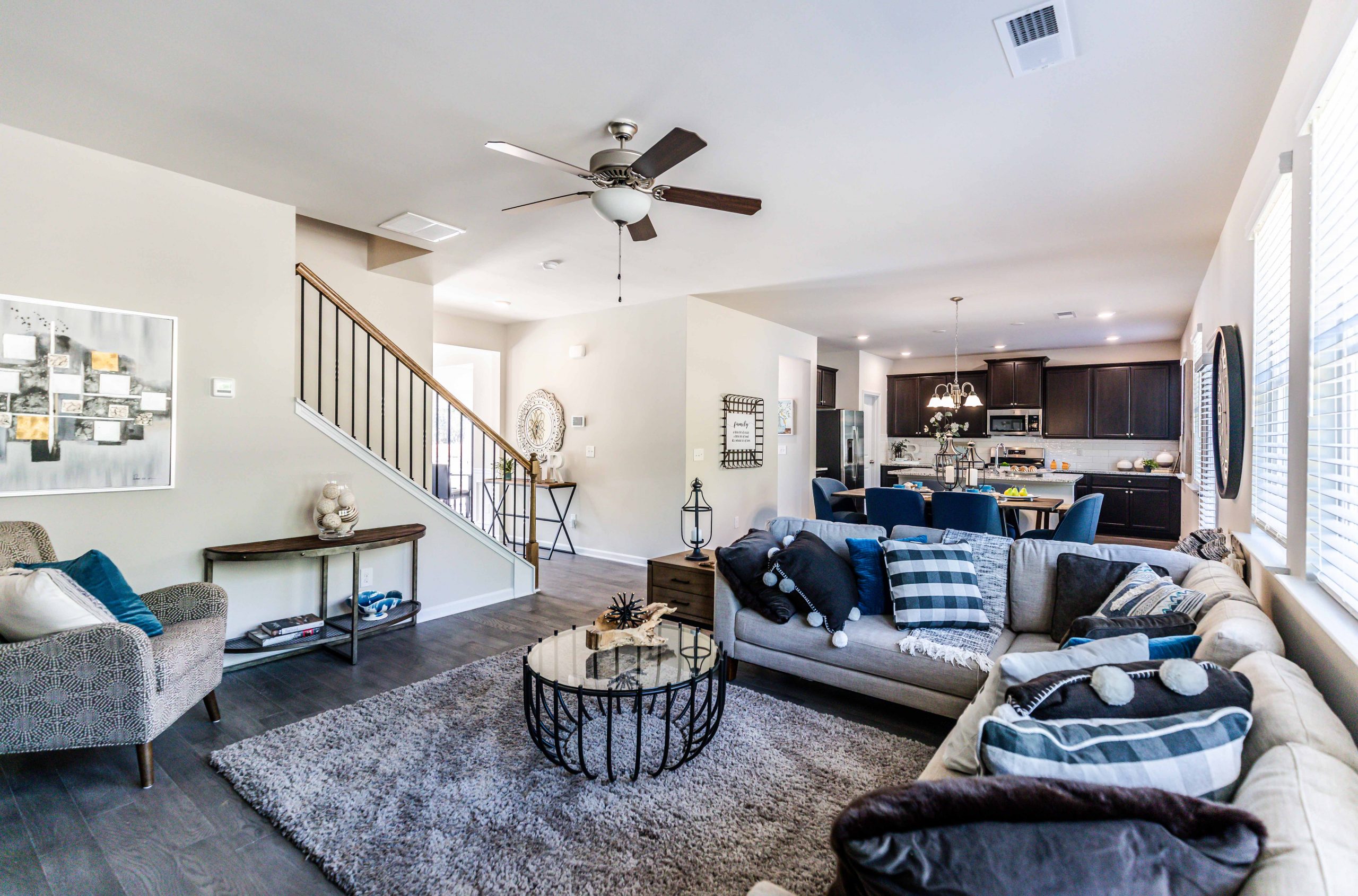



:max_bytes(150000):strip_icc()/orestudios_lonemadrone_05-0294eeaf854c4d8ebf34d13990996973.jpg)

:max_bytes(150000):strip_icc()/0-1-f8dbdcd72633462f82651900da46e26a.jpg)




/Living-room-with-traditional-details-58c0ad323df78c353c16f913.png)









